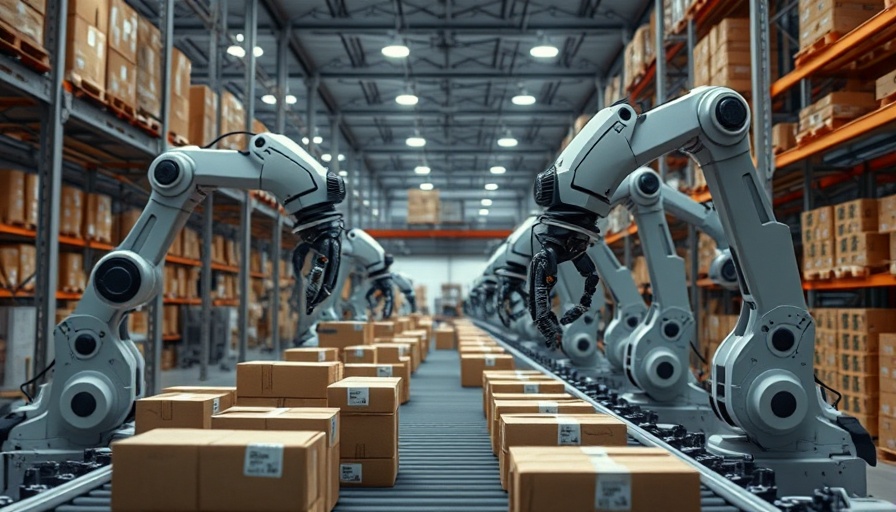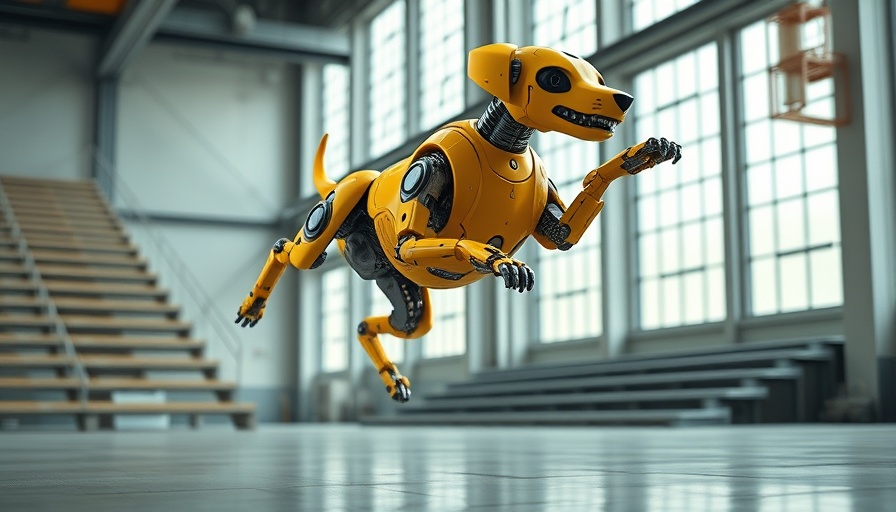
The Role of Stretch in Modern Warehousing
In the fast-paced world of warehousing and logistics, efficiency is paramount. Boston Dynamics has introduced a revolutionary mobile robot called Stretch, which is designed to aid operations in various environmental conditions—from frigid winters in Canada to scorching summers in Texas. By offloading tasks traditionally requiring human labor, Stretch is increasing productivity and contributing to safer working environments.
In 'Stretch at Gap | Boston Dynamics', we explore how innovative robotics are revolutionizing warehousing operations, prompting us to analyze its impact on productivity and employee safety.
Enhancing Workplace Safety and Ergonomics
Stretch is more than just a technological marvel; it represents a significant step toward improving workplace safety and ergonomics. Manual unloading of trucks can involve heavy lifting and repetitive strain, which often lead to injuries. Employees at Gap have reported a noticeable decrease in physical stress since integrating Stretch into their logistics workflow. This partnership allows employees to focus on strategic tasks rather than the physically demanding labor of unloading boxes, ultimately enhancing their job satisfaction.
Technology in Action: How Stretch Works
What sets Stretch apart from other automated systems is its ability to adapt to a wide variety of package sizes and conditions. Equipped with advanced machine learning and computer vision technology, Stretch can navigate different freight arrangements and even deal with damaged boxes. Its vacuum gripper allows it to engage seamlessly with containers, reducing the need for human intervention and allowing workers to supervise the robot instead of performing strenuous physical tasks.
Transforming Workforce Perceptions
While the introduction of robots in the workplace can initially cause apprehension among employees, Stretch has positively changed these perceptions. Workers reported that learning to operate Stretch was far simpler than expected, taking less than ten minutes for basic operation. Many employees expressed excitement about the technology, contrasting their previous experience of manual labor with the new engagement of working alongside a robot.
Looking Ahead: A Future with Stretch
As Gap expands its use of Stretch across multiple locations—from Nashville to California—there is optimism about further integration into various operational lanes, including palletization and sorting. The flexibility and mobility of Stretch offer significant long-term benefits, such as improved scheduling, reduced weekend staffing needs, and a better work-life balance for employees. The partnership between Gap and Boston Dynamics signifies a shift towards a more automated future in logistics.
For anyone interested in the future of logistics and warehouse management, the story of Stretch offers great insights into the potential for robotics to reshape traditional industries.
 Add Row
Add Row  Add
Add 




Write A Comment